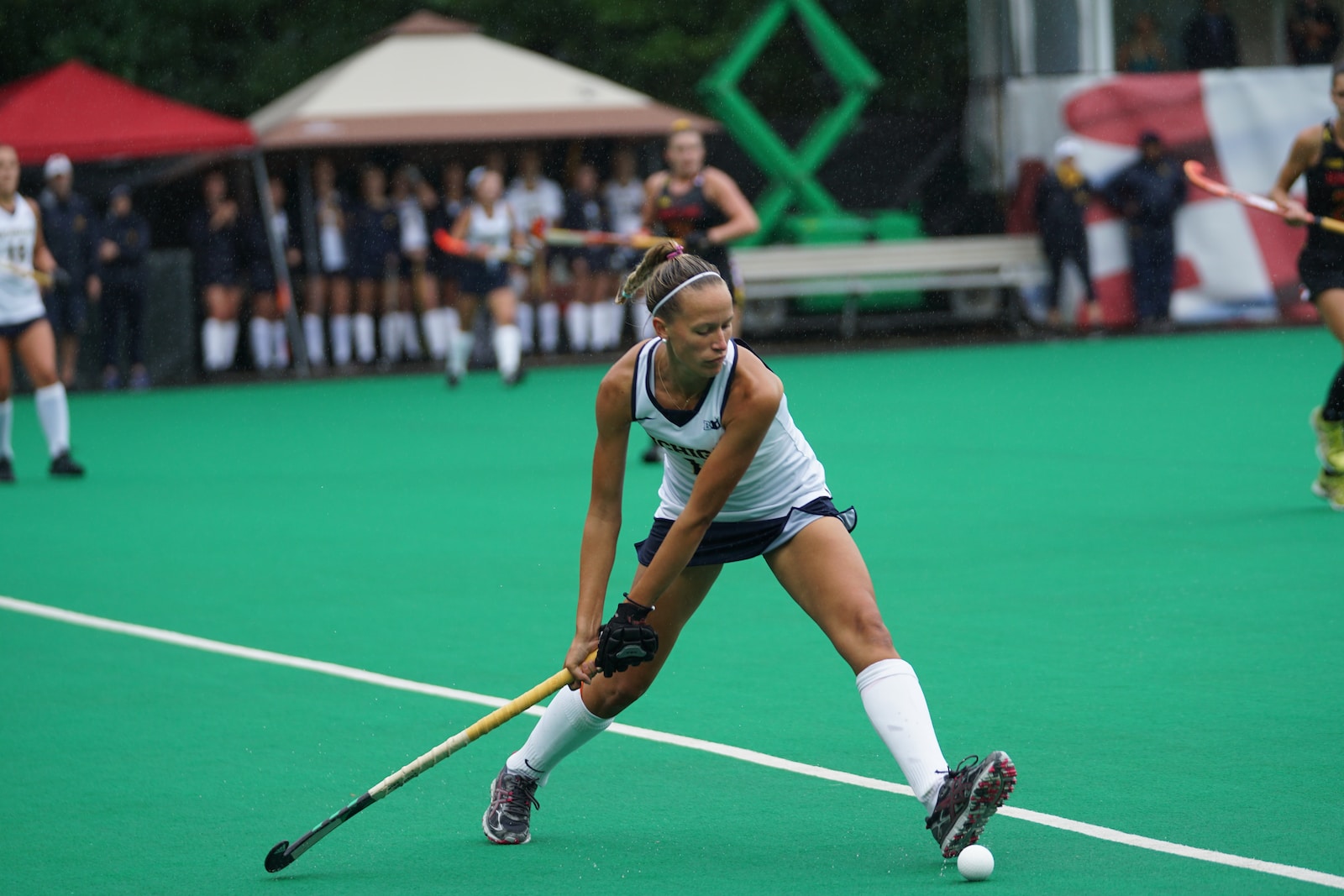Understanding Field Hockey Stick Sizing
Playing field hockey requires the right equipment, including a stick that is the correct size for you. The size of your stick will have an impact on your performance and comfort level when playing. This guide provides everything you need to know about sizing a field hockey stick so you can find the perfect fit.
Measuring Your Height
The first step in finding out what size of field hockey stick you need is measuring your height. Field hockey sticks come in different sizes based on how tall or short a player is, with most manufacturers using centimeters to determine the length. To get an accurate measurement, stand up straight against a wall and measure from the ground to the top of your head while wearing shoes if possible. Once you have this number, consult with the manufacturer’s sizing chart which will provide guidance on what sized stick works best for players within certain height ranges.
Choosing Between Sticks With Different Flex Ratings
Field hockey sticks are also characterized by their flex ratings which refer to how much bend there is in them when pressure is applied during play or practice drills like drag flicks or slap shots. As such it’s important to select one that has enough flex rating for your body type as well as skill level; generally speaking, higher flex-rated sticks are suited more towards advanced players due to those having less room for error when taking powerful shots. There are four main categories of flex ratings: junior (25-35), intermediate (36-45), senior (46-55) and elite (56+). Checking with manufacturer guidelines should help determine which category best suits someone’s individual needs before making a purchase decision.
Other Factors To Consider When Buying A Field Hockey Stick
When purchasing a new field hockey stick, in addition to ensuring that it fits properly, there are other factors that should be taken into consideration, such as its weight, material, shape, and balance point. These factors can all impact the stick’s handling characteristics, such as power transfer through hitting edges and overall control over passing and receiving balls. For beginners, it is recommended to try out multiple stick models at local sports stores to help narrow down options until finding a stick that is comfortable yet effective during games and practice sessions.
Conclusion
Sizing up a field hockey stick properly can greatly improve the user experience while playing because it allows people to maximize their potential even at amateur levels. Taking measurements accurately along with familiarizing yourself with terms associated with flexible ratings are key factors when selecting an appropriate model; doing so should make finding an ideal setup much easier overall than randomly picking something off shelves without any prior research done beforehand!

